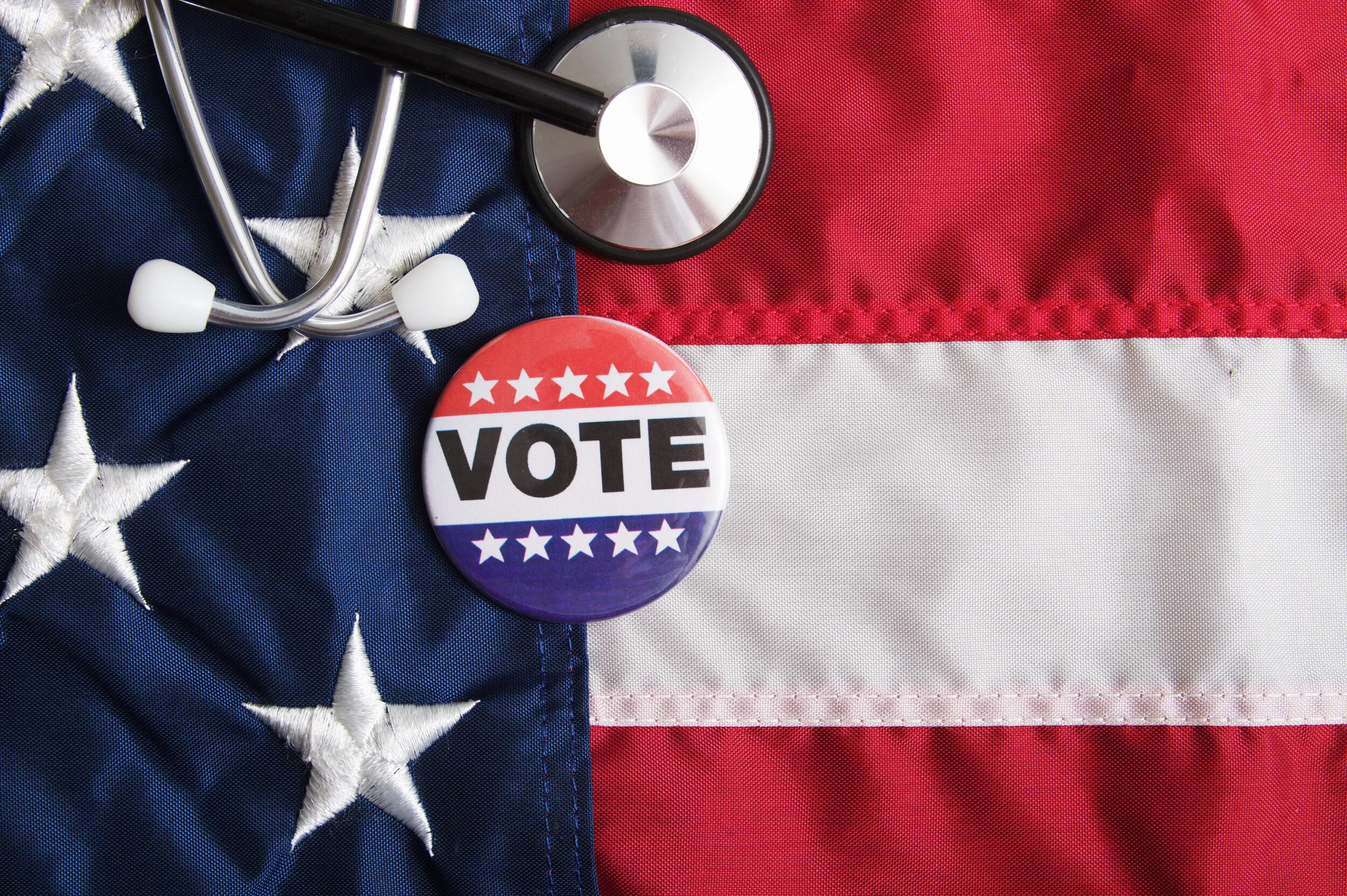What is the public option? It’s a term that’s been tossed around pretty freely since the 2020 candidates released their healthcare proposals. But ask three people and you get five different answers. We come by our confusion honestly. While most of this year’s Democratic presidential candidates have similar healthcare plans, they use the term “public option” as a catchall in order to distinguish their plans from Bernie Sanders’ Medicare-for-All, the main rival plan.
So, when it all boils down, what do you need to know?
Medicare-for-All does not have a public option. Everyone would be covered completely, so there would be no need for one
The public option is a health insurance policy that would allow broader access to government-sponsored health insurance. It’s meant to offer strong competition for private insurance plans
Although Medicare and Medicaid are often discussed in relation to what would be covered (it’s a convenient and commonly understood reference), other than possibly lowering the opt-in age for Medicare, the public option is a completely separate vehicle. In fact, in all the research I did on the public option, I didn’t find one plan that didn’t have protections in place to keep Medicare funding separate
Coverage would combine the Affordable Care Act’s Essential Health Benefits with the broad doctor and hospital coverage offered by Medicare. One plan includes vision, dental, and long-term care, as well
The payment mechanisms would remain the familiar – premiums, some coinsurance (percentage of the cost of a treatment or service), and subsidies for those who qualify. The subsidies would be available to many more patients than they are now.
The Bottom Line – What Does It Mean?
More people would be insured
Private insurance plans would still be offered
More choice in plans, especially if public option plans are offered alongside employer plans. This structure would also force more competition between plans, which is always good. Competition means lower costs
Reduced premiums and out-of-pocket expenses like copays and coinsurance, but higher taxes
Broader support from voters and lawmakers than Medicare-For-All, but perhaps even more pushback from industry and lobbying groups since it is more viable
If the public option plans prove more attractive to high-cost patients – older, chronic, lower-income – it could bankrupt the plan because there isn’t enough of a balance with healthy people, especially now that health insurance isn’t a legal requirement anymore.
In a matter of weeks or months, we will all be going to the polls (everyone should vote in their primary elections!) to choose the candidates we want to represent us in the general election. They all have healthcare plans, many with pieces and policies that overlap. Understanding the terms and concepts when the candidates talk about them will help us understand which one aligns most closely with what we want. Choose that one.
See you at the polls!

